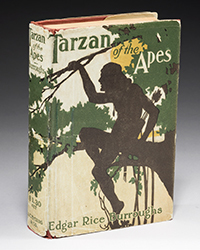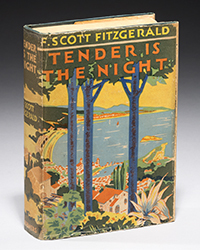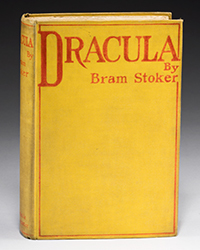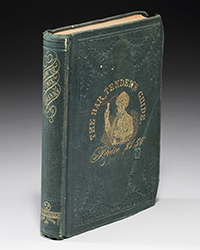The past ten years have seen the already endlessly described transition from traditional bibliography, book selling and book collecting from the last days of the way Grandpa did it to the advent of how future generations will. It is a subject that is a kaleidoscope of angles seen from the perspective of institutions, dealers, collectors and increasingly consignors. The only element that remains constant is the material. All else, be it importance, relevance or price are as fragile as smoke, present, clear and then gone – often to be replaced by fragile evidence pointing up or down. These days the field that thousands who labor in and around appreciate and often love, has become a helter-skelter of uncertainty as books are ferried to sellers who are asked to discern and dispose, often for people shocked and disbelieving to learn that what was once thought valuable has become hard to sell. The material has not changed but the market has.
Look back two generations to a time when many fewer books were offered to many more buyers. The field was alive and the competition palpable. Bookshops received material and rationed it among buyers. An institution could become anxious and expectant about what the mail would bring. Bookseller’s catalogues were prized and they sent first or by quicker mail to steady acquirers who understood the need to look immediately and commit quickly because to move slowly often meant that wanted items had already disappeared.
The field was a challenge and many of the smartest people of the age took up the struggle to invent and create unique collecting approaches to engage their imaginations for an entire lifetime, they so afflicted among the luckiest people on the planet. Certainly more tried than succeeded, the ratio of success perhaps 1 in 500. Books and their printed brethren – maps, manuscripts and ephemera were plentiful but the subjects never easily understood. For perspective, collections and collectors relied upon dealers, people who as a class, dismissed life’s simple challenges to wrestle with the possibilities and probabilities that, ever changing, define what a collection can be in the context of an acquirer’s circumstances. We applaud when a juggler can balance three items. The best dealers, collectors and librarians routinely balance a hundred. Such collecting is obscure but has always attracted exceptional intellects.
Carry forward this extraordinary history into the evolving present and we find the rules changing. The fledgling now, with nothing more than curiosity and a credit card, can see deeply into what’s for sale and what has sold at auction and have a perspective that few if anyone could have had just a generation ago. We now know so much more.
But the powers that have made it possible to understand a book’s history do not begin and end with all the forms of collectible paper. They extend to every form of collectible, all things from cut glass to fine paintings, to stamps, baseball cards and comic books to name a few and today’s rising generations are drawn in many other directions even as the possibilities for collecting paper have never been better. The truth is the opportunities have never been better for probably a thousand fields and the stunning transparency we now experience makes all of them interesting. A hundred years ago books enjoyed a unique place in our culture. Today the printed word shares the stage with many others.
The currency of book collecting is perspective and people are so busy and harried there is a tendency to be ‘in the moment.’ Some books can argue for a place in collecting in the here and now but most are associated with the continuum of events, through national histories, perhaps the works of or entire career of a particular writer or artist. Some collect not all of a war but today just a part, its naval battles or financial underpinnings. Others collect the fashion of an age. All can do this with the precision of a surgeon’s sharp knife.
There really have not been many limits but what limits there were are simply gone. All things today are possible and for books this makes the sequence of traditional steps that for most rare book collectors was a precondition to serious collecting difficult to duplicate for the next generation of collectors. But we are trying. No one can replace the grizzled geezers who could spin a tale, chair back and feet up, regaling green sprouts with visions of adventure, discoveries and yes, riches. Today these outposts in the hinterlands are mostly gone. The excitement and thrill of what they spoke of is as alive and certain today but the stages fewer for these Svengalis to perform.
A few days ago a long time free member called to say that after years of following the site he was signing up as a paid member. “I’m ready,” signing up as an Octavo for a year. “I understand that I have to understand value.” He’ll do well.
And so will the field in time. But there will be disappointments and uncertainties. If the field of rare and important paper was once as smooth and comforting as the amber grain at harvest it is that no more. The values and opportunities have never been better but there is open disagreement between buyers and sellers about value and both sides need to know both sides of the story as it evolves.
Dickens wrote in a Tale of Two Cities “it was the best of times, it was the worst of times.” I agree, but only with the first part of the sentence. You see, I’m a buyer and will be, I hope, for a long time.



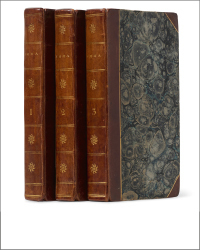
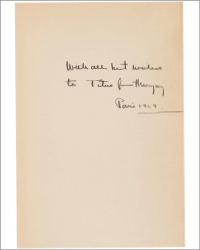




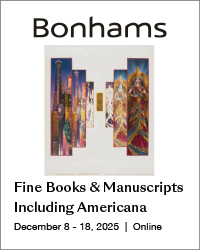

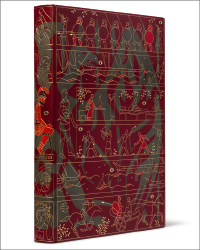
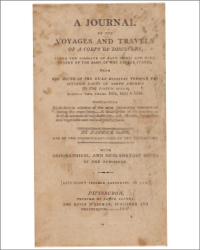
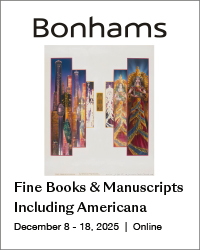
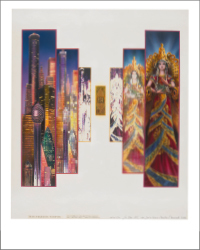
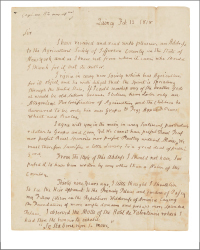

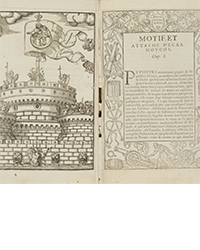
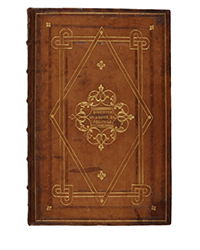
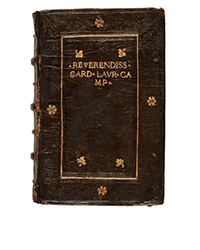
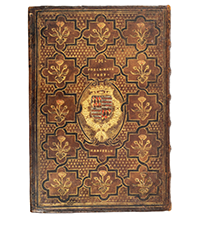
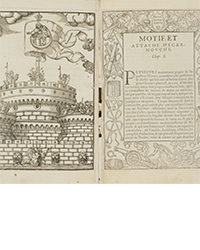

![<b>Sotheby’s, Dec. 16:</b> [Austen, Jane]. A handsome first edition of <i>Sense and Sensibility,</i> the author's first novel. $60,000 to $80,000. <b>Sotheby’s, Dec. 16:</b> [Austen, Jane]. A handsome first edition of <i>Sense and Sensibility,</i> the author's first novel. $60,000 to $80,000.](https://ae-files.s3.amazonaws.com/AdvertisementPhotos/9a74d9ff-42dd-46a1-8bb2-b636c4cec796.png)


![<b>Heritage, Dec. 15:</b> John Donne. <i>Poems, By J. D. With Elegies on the Author's Death.</i> London: M[iles]. F[lesher]. for John Marriot, 1633. <b>Heritage, Dec. 15:</b> John Donne. <i>Poems, By J. D. With Elegies on the Author's Death.</i> London: M[iles]. F[lesher]. for John Marriot, 1633.](https://ae-files.s3.amazonaws.com/AdvertisementPhotos/8caddaea-4c1f-47a7-9455-62f53af36e3f.jpg)
